colinmc.dev - a blog by Colin Mc
Estimation Poker
Estimation Poker
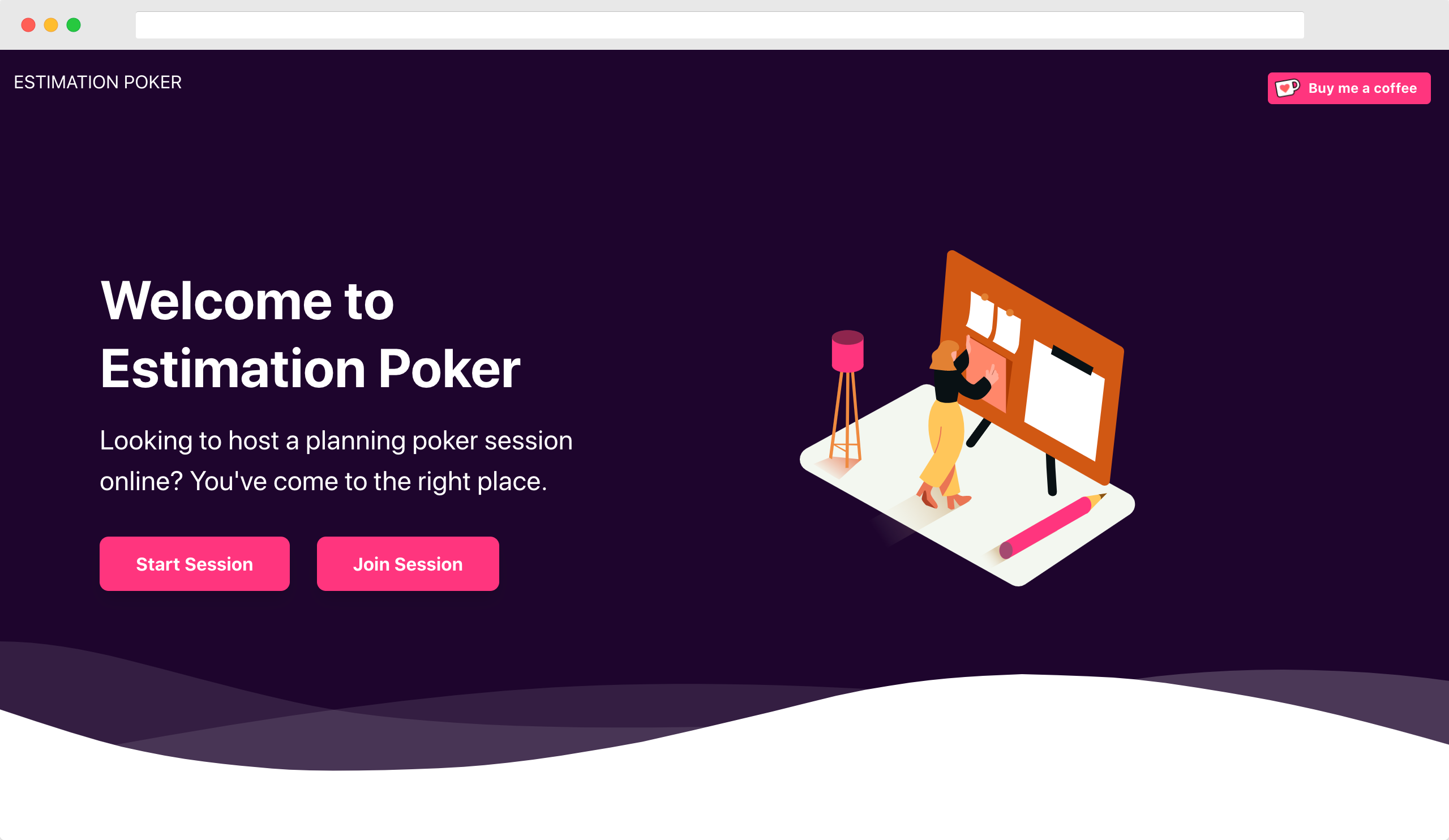
Check it out here - https://estimationpoker.cards
Background
First, a bit of context - feel free to skip this bit - planning poker (also known as scrum poker) is a technique used by software development teams for estimating the amount of effort involved in completing a given task.
Tasks are usually broken down into user stories and the effort - or complexity - involved in completing a user story is represented using the Fibonacci sequence, although other schemes are sometimes used, such as a modified Fibonacci sequence or even t-shirt sizing.
Planning poker allows members of a team to individually vote on what they think a user story should be pointed at by selecting a value from the chosen scheme, thereby removing the potential of participants being influenced by others.
Once everyone has voted the votes are then revealed and the results are used to populate the story points for that user story.
Usually, this is played with the team in the same room using a physical deck of planning poker cards, but with remote working being more popular than ever before there has become a need to estimate user stories virtually.
Site
This brings us to Estimation Poker - an online planning poker tool.
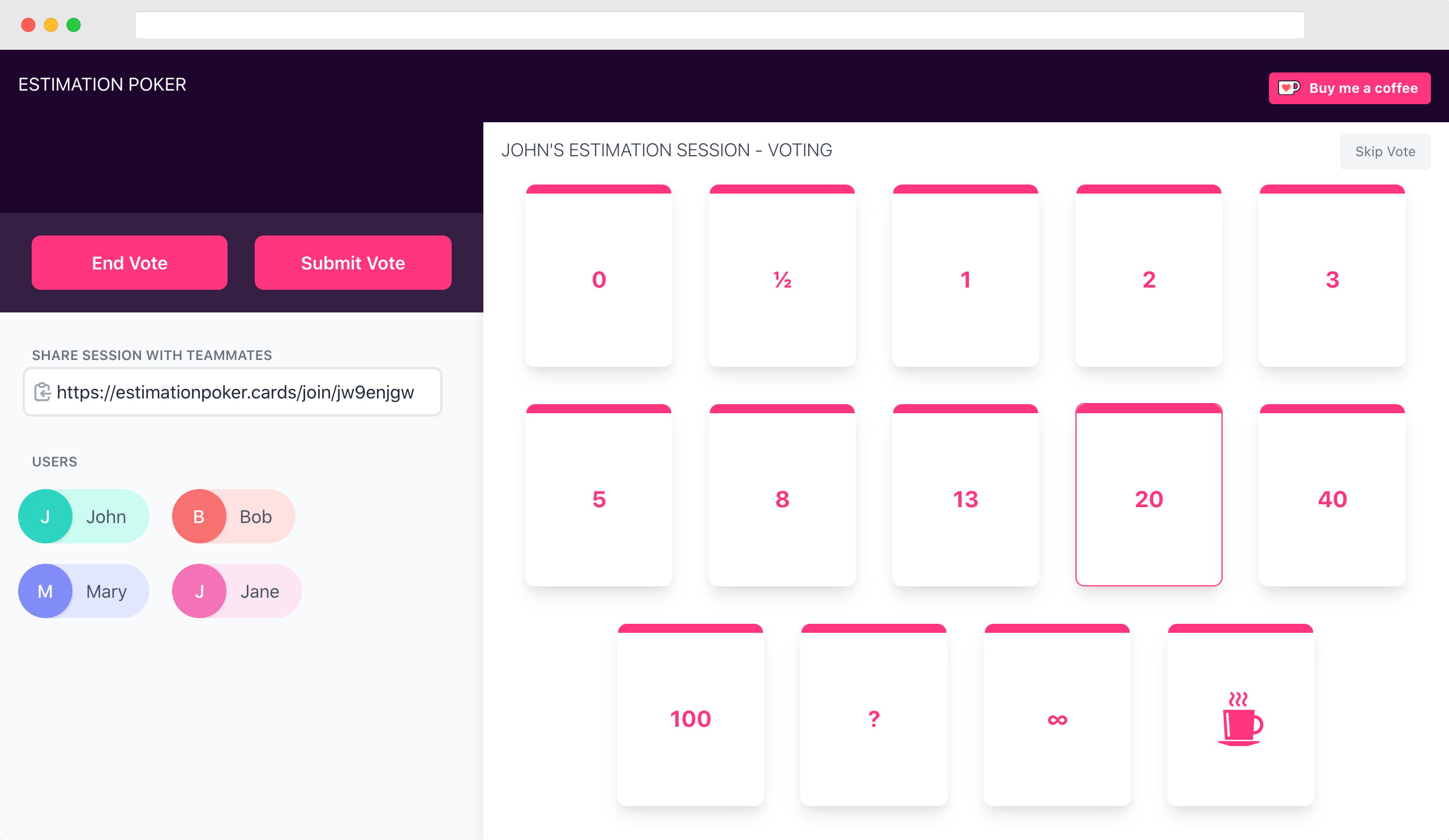
Estimation Poker allows teams to estimate user stories virtually online while trying to be as simple and easy to use as possible.
A new session can be started with just a few clicks.
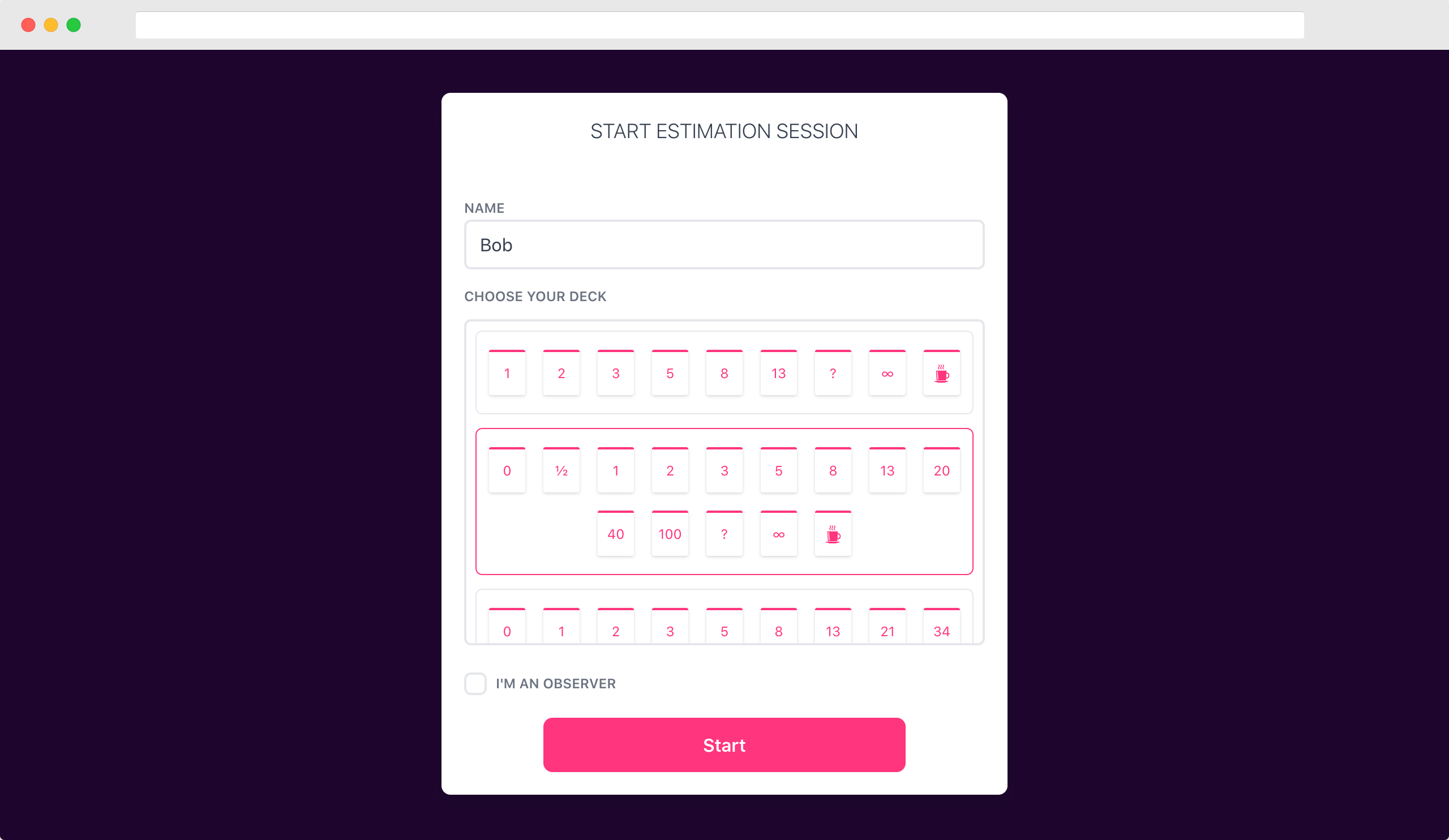
Just enter your name and select a voting scheme to use. If you only want to observe the votes and not participate then you can check the observer checkbox.
Once the session is started you can share it with your team.
They’ll be able to enter their name and join the session.

When the team has joined, anyone can start a round of voting, when all the votes are cast then the results will be displayed.
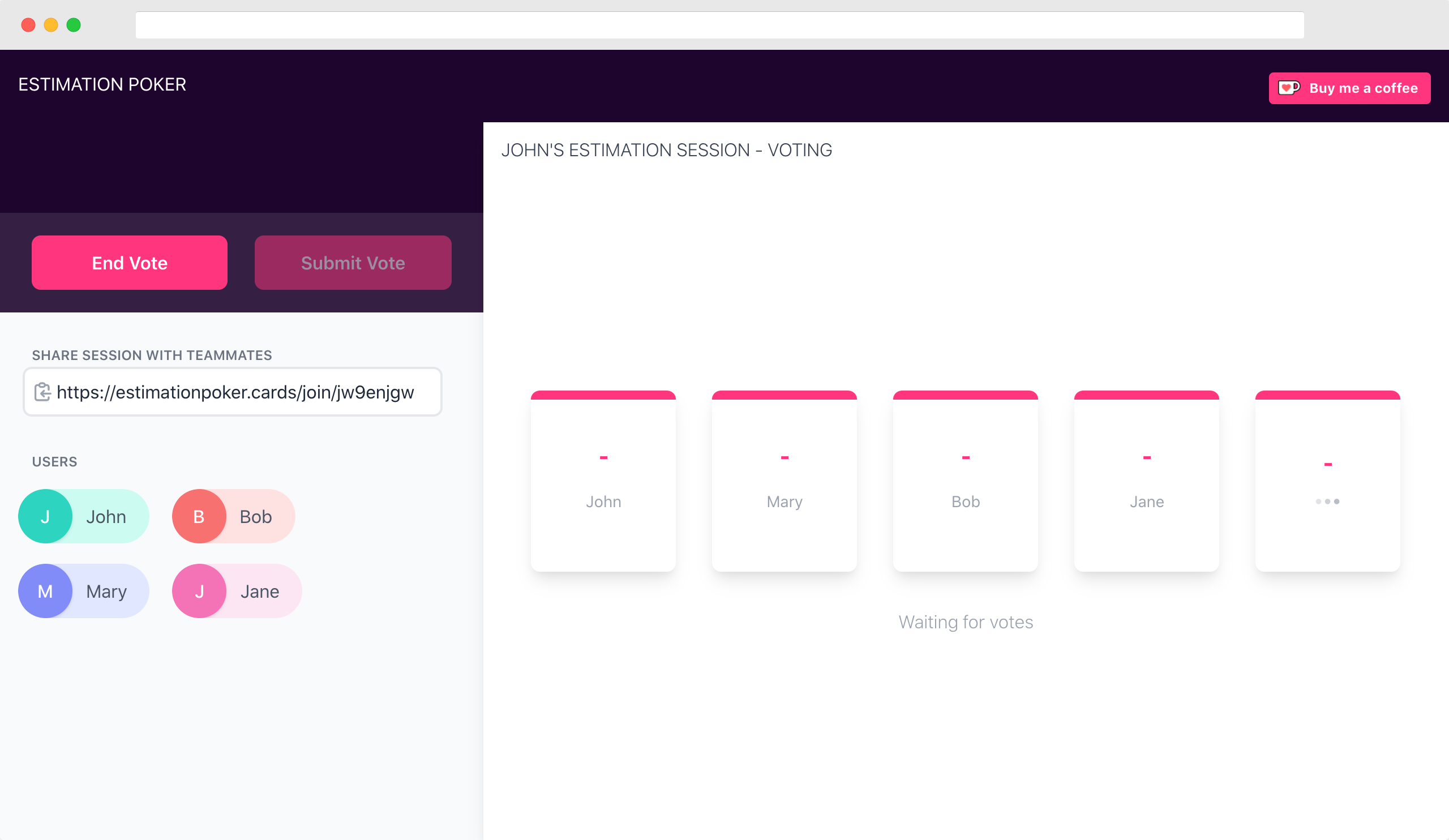
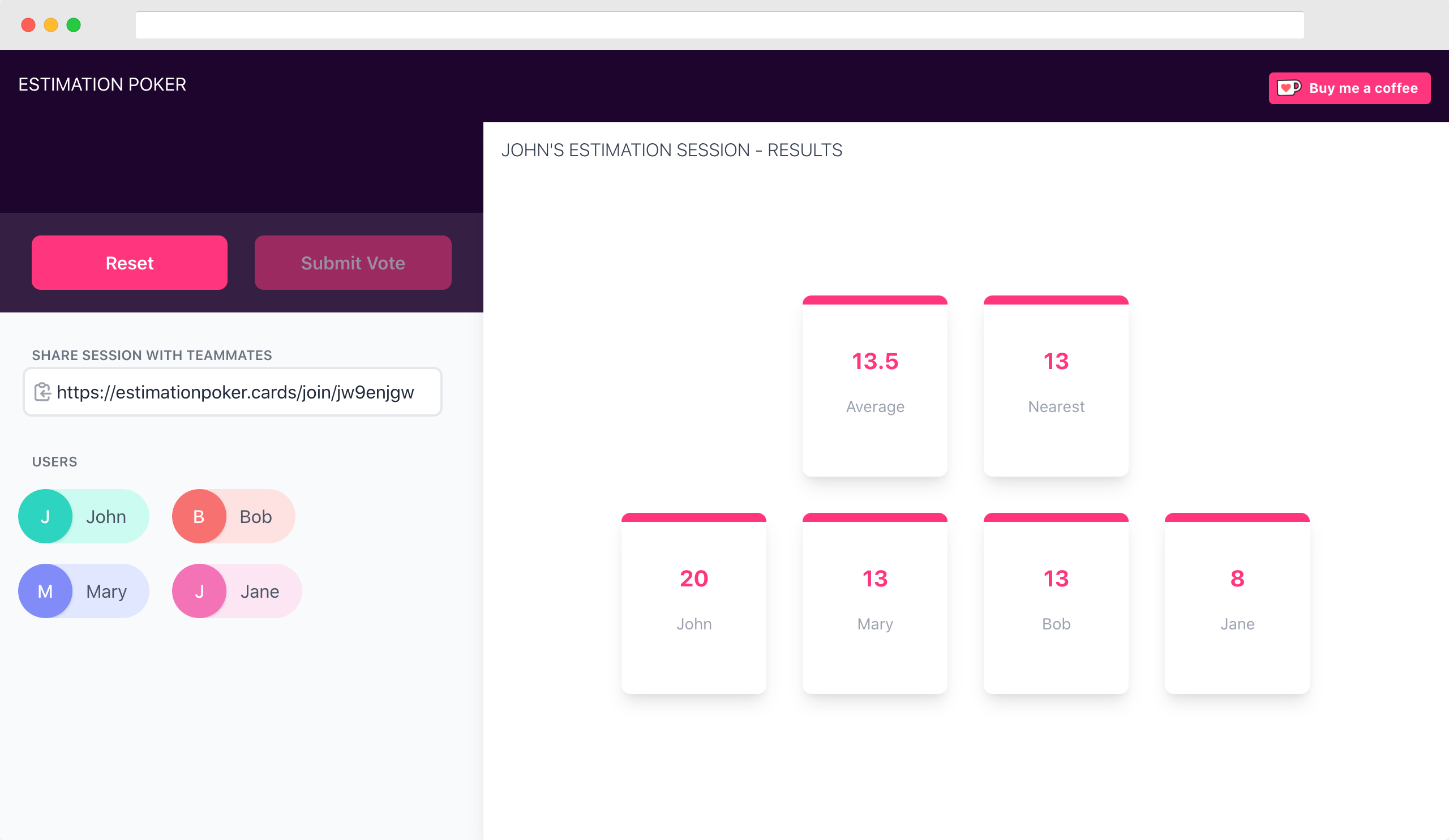
Now the user story can be story pointed and the next round of voting can take place.
Tech
The site is built with React and Tailwind CSS on the frontend and .Net 5 on the backend with SignalR handling real-time communication. Persistence is taken care of by LiteDB.